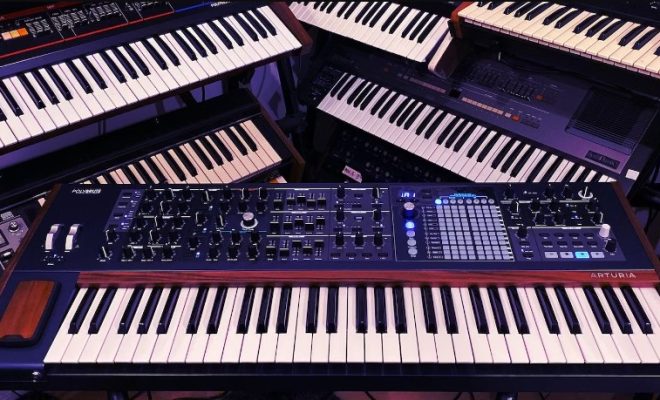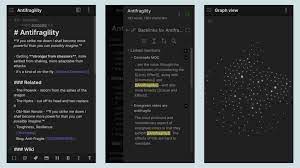MIDI Keyboard vs. MIDI Controller vs. Synthesizer: What’s the Difference?

If you’re just starting out in the world of music production, you might be wondering about the difference between MIDI keyboards, MIDI controllers, and synthesizers. These three tools all play important roles in capturing and creating music, but they are each designed for different purposes. In this article, we’re going to take a closer look at MIDI keyboards, MIDI controllers, and synthesizers, and give you a better understanding of what sets them apart.
MIDI Keyboard
A MIDI keyboard is a musical instrument that measures pressure and velocity to trigger a MIDI signal that’s then sent to a computer or digital audio workstation (DAW). These keyboards are designed to function as a traditional piano, but instead of creating sound, they communicate velocity and pitch data to software or hardware synths.
MIDI keyboards are specifically designed to create MIDI information. This information can be edited using DAW software to control the sound output of a synthesizer. Modern MIDI keyboards may have additional features such as backlights, drum pads, faders or knobs that can be used to control software parameters. MIDI keyboards usually take up a limited amount of space and are therefore popular among musicians who want to create one or two parts of a song at a time.
MIDI Controller
A MIDI controller, on the other hand, is a device used to manipulate and control the various parameters of a synthesizer or DAW. Similar to a MIDI keyboard, a MIDI controller does not produce any sound on its own. It’s designed to be connected to a computer or hardware synthesizer and sends messages to the MIDI port on the device.
MIDI controllers do not have a built-in sound system. They’re simply a device that sends signals over MIDI, allowing you to control various software parameters.
MIDI controllers are music-making devices that don’t require sounds to be produced from a computer or any other device. They’re used more often in electronic music production, where they are used to trigger drum machines, control effects and other parameters.
Synthesizer
Finally, we have the synthesizer, which is a piece of hardware designed to create sound. Synthesizers are used to produce electronic music, create sound effects, and recreate the sound of other instruments. These devices can produce a wide range of sounds, from the traditional sound of a piano to the experimental soundscapes of electronic music.
Synthesizers often feature a built-in keyboard, but this keyboard is used primarily to control the synthesizer’s internal sound source. Synthesizers are capable of producing sounds that a MIDI controller or keyboard cannot, and are therefore popular among musicians who want to create their own sounds.
Conclusion
MIDI keyboards, MIDI controllers, and synthesizers all play important roles in music production. While MIDI keyboards are designed to create MIDI data, MIDI controllers are designed to manipulate the sound of a synthesizer, and synthesizers are designed to produce sounds. Understanding the differences between these three tools can help you make informed decisions when building your own home studio or when purchasing gear for your live performances.






